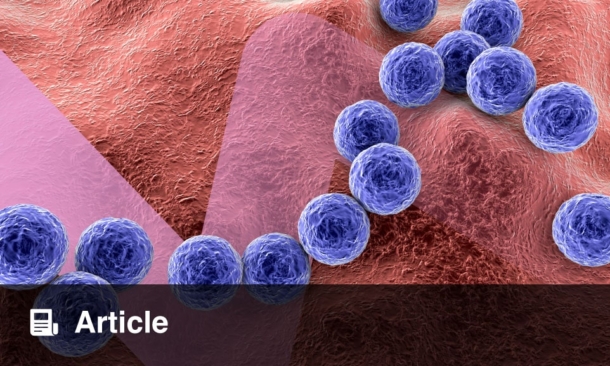Modern immunotherapy has transformed the treatment of advanced melanoma, with immune checkpoint inhibitors (ICIs) providing durable responses for some patients. However, not all individuals benefit equally, and predicting outcomes remains a significant clinical challenge. Traditionally, markers such as mutational load, PD-1/PD-L1 expression, and CD8 T-cell infiltration have been studied as predictors of response. More recently, imaging techniques are being explored to provide a non-invasive way to assess tumour biology and guide personalised treatment.
A recent feasibility study focused on [99mTc]Tc-Tilmanocept, a tracer designed to target CD206-positive macrophages. These tumour-associated macrophages (TAMs), particularly those with an M2-like phenotype, play a crucial role in suppressing anti-tumour immunity and promoting melanoma progression. By binding to the CD206 receptor, [99mTc]Tc-Tilmanocept SPECT/CT imaging allows researchers to visualise these macrophages and better understand the tumour microenvironment.
Potential Clinical Value of New Melanoma Imaging
The study demonstrated that [99mTc]Tc-Tilmanocept could detect secondary lesions in patients with melanoma undergoing ICI treatment, correlating with baseline [18F]FDG PET/CT findings. Importantly, higher uptake ratios on SPECT/CT were linked with poorer tumour responses at three months and less favourable outcomes during follow-up. This suggests that CD206-directed imaging may help identify patients at greater risk of resistance to immunotherapy.
Unlike [18F]FDG PET/CT, which reflects both tumour and inflammatory activity, Tilmanocept imaging offers more specificity for macrophages. This makes it a promising tool to evaluate the balance between immunosuppressive macrophages and CD8 T-cells, a dynamic known to influence response to ICIs. While limited by a small sample size and lack of a control group, the findings provide proof of concept that this imaging approach could complement biopsies and other biomarkers.
Future research with larger cohorts is needed to validate cut-off values for predictive uptake ratios and establish whether this technique can be integrated into routine practice. If confirmed, CD206-targeted imaging could become a valuable strategy to tailor immunotherapy for melanoma patients, ensuring treatments are directed where they are most likely to succeed.
Reference
Boughdad S et al. Utility of [99mTc]Tc-tilmanocept, an immunosuppressive macrophage functional imaging agent in melanoma patients receiving checkpoint inhibitor treatment: a feasibility study. Cancer Immunol Immunother. 2025;74(10):298.








